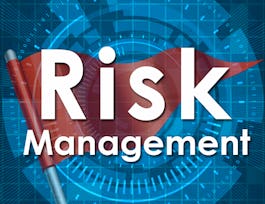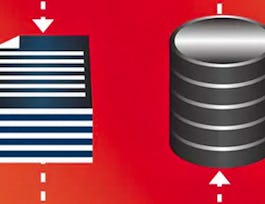This course includes
-8 graded quizzes, required for completion, and -86 optional practice quizzes for you to check your understanding of key concepts. Building on the fundamentals, these modules dive into specific aspects of governmental and nonprofit accounting. You'll learn about constructing the required financial statements, including the statements for the government-wide as well as fund financial statements. You’ll also learn in great detail the difference between the three categories of funds: Governmental Funds, Proprietary Funds, and Fiduciary Funds. These modules provide in-depth knowledge of accounting practices and financial reporting for government and nonprofit entities.

















